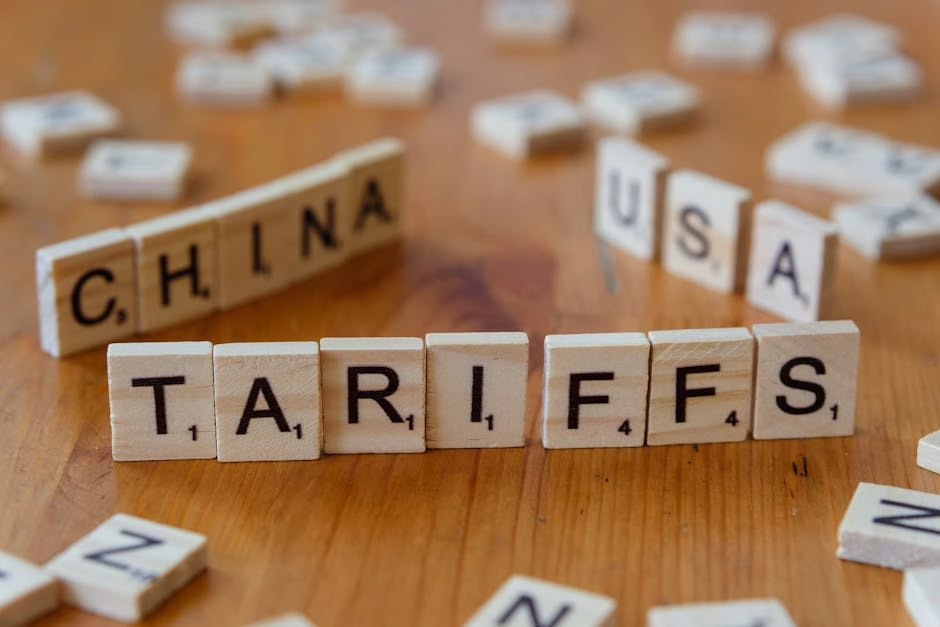New China Tariffs: Potential Impact on Amazon’s E-commerce Empire
The Shifting Landscape of US-China Trade Relations
As the United States implements new tariffs on Chinese imports, major e-commerce players like Amazon are preparing for significant impacts on their supply chains and business operations. These tariffs come at a time when China is aggressively pursuing technological self-sufficiency, particularly in semiconductor manufacturing, which could have long-term implications for the global tech supply chain that Amazon relies upon.
China’s Push for Self-Sufficiency
China is making remarkable strides toward technological independence, with recent reports indicating that domestically developed Extreme Ultraviolet (EUV) lithography machines—critical for advanced semiconductor production—are currently undergoing testing. This development comes as part of China’s broader strategy to produce the entire semiconductor supply chain domestically.
As one industry observer noted, “This is insane, but also extremely risky.” The ambitious plan leverages China’s massive population and economic scale, with semiconductor enterprises distributed across approximately 10-12 provinces and municipalities, representing about 40% of China’s population (571 million inhabitants).
China’s economic structure, functioning “like a continent, with its provincial units acting as individual countries,” may provide the specialization needed to achieve this feat of self-sufficiency—a direct response to US trade restrictions.
How New Tariffs Will Affect Amazon
Amazon, as one of the world’s largest e-commerce platforms, sources a significant portion of its marketplace inventory from Chinese manufacturers. The new tariffs are expected to impact Amazon’s business in several key ways:
1. Increased Product Costs
Higher tariffs will inevitably lead to increased costs for products sourced from China. These costs will either be absorbed by Amazon, passed on to third-party sellers, or ultimately to consumers—potentially affecting sales volume and market share.
2. Supply Chain Disruptions
As manufacturers adjust to the new tariff landscape, Amazon may experience disruptions in product availability. The company will likely accelerate efforts to diversify its supply chain beyond China to countries not affected by these tariffs.
3. Competitive Positioning
Amazon’s response to these tariffs will be crucial for maintaining its competitive edge. Smaller e-commerce players with less diversified supply chains may struggle more with the tariffs, potentially strengthening Amazon’s position despite short-term challenges.
Amazon’s Potential Response Strategies
Facing these challenges, Amazon is likely to implement several strategies:
Supply Chain Diversification
Experts anticipate Amazon will accelerate efforts to source products from countries not affected by the tariffs, such as Vietnam, India, and Mexico. This diversification was already underway but will likely receive renewed focus.
Technological Solutions
Amazon may leverage its technological capabilities to optimize logistics and inventory management, mitigating some of the cost increases. The company’s extensive data analytics capabilities will be crucial in identifying which products are most affected and where alternative sourcing makes economic sense.
Seller Support Programs
To maintain its vast marketplace of third-party sellers, Amazon might introduce programs to help these partners navigate the tariff challenges, potentially including logistics support and financial incentives for diversifying their own supply chains.
Long-term Implications for E-commerce
The new China tariffs represent more than a temporary trade dispute—they signal a fundamental shift in global supply chains that will reshape e-commerce in the coming years. For Amazon, navigating this new landscape will require agility, technological innovation, and strategic foresight.
As China pushes toward technological self-sufficiency and the United States implements protective trade measures, companies like Amazon find themselves at the center of geopolitical tensions that will influence business decisions for years to come.
The Bottom Line
While Amazon has the scale, resources, and technological capabilities to weather these tariff challenges better than many competitors, the company faces a period of adjustment and potential margin pressure. How effectively Amazon navigates these waters will influence not just its own future but potentially the broader trajectory of global e-commerce in an increasingly fragmented trade environment.
Sources
- China’s domestically developed EUV machine is currently undergoing testing – Reddit Singularity
- China is basically trying to produce the entire semiconductor supply chain domestically – Reddit Singularity


